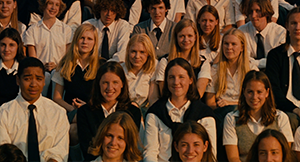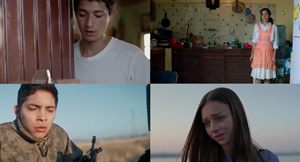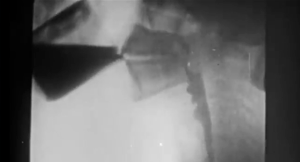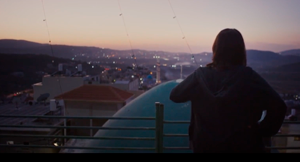JOURNAL OF AUDIOVISUAL ESSAYS
Cars Haunt Our Dreams: Spanish Film, Desarrollismo, and the Automobile
Nathaniel McBride (The Ohio State University) – 14:50
Amidst the Franco dictatorship’s economic development (1956–1973), Spanish film cast the car as a symbol of progress, empowerment, and international mobility; economic privilege, political domination, and destructive masculinities.
Keywords: Cars, Ecology, Feminism, Francoism, Spanish Film
The unreliable narration of The Virgin Suicides (Sofía Coppola, 1999)
José Antonio Planes Pedreño (Universidad de Medellín) – 16:53
This video essay analyzes the unreliable narration in one of the most significant feature films of Sofia Coppola’s work: The Virgin Suicides (1999). We explore how the film is underpinned by a dissonance between the narrative voice recounting the events and the levels of representation through which the diegetic universe is constructed: staging, framing and sequencing.
Keywords: anachronies, unreliable narration, narratology, Sofia Coppola, voice over
Alejandro Jiménez Arrazquito, Mónica del Sagrario Medina Cuevas y Luis Enrique Luna Meléndez (Benemérita Universidad Autónoma de Puebla) – 14:00
This audiovisual essay analyzes the relationship between heroism and violence in the films Heli (2013), La región salvaje (2016), and Perdidos en la noche (2023) by Mexican filmmaker Amat Escalante. What happens to heroism when characters find themselves in contexts where illegality, crime, corruption, poverty, and injustice reign?
Keywords: Heroism, violence, Mexican cinema, Amat Escalante
Cineradiographic Vision
Onur Turgut (Ozyegin University) – 06:53
This audiovisual essay explores cinematic space through an X-ray perspective, using cineradiography to reveal its perceptual and spatial anatomy. Employing videographic criticism, it examines Phases of Matter (Deniz Tortum, 2020), redefining spatial and temporal boundaries.
Keywords: Cinematic Space, Phases of Matter (2020), Videographic Criticism, X-ray Cinematography
From the Archive
The first gala
In this edition of “From the archive”, we revisit the first gala of the Goya Awards of the Academy of Motion Picture Arts and Sciences of Spain.
Section curated by Asier Gil Vázquez, Ana Mejón and Rubén Romero Santos (Instituto Universitario del Cine Español, Universidad Carlos III de Madrid).
Screen Stars Dictionary
Sección curated by Vicente Rodríguez y Ariel Avissar
Tecmerin. Revista de Ensayos Audiovisuales
ISSN: 2659-4269
© Grupo de Investigación Tecmerin
Universidad Carlos III de Madrid










